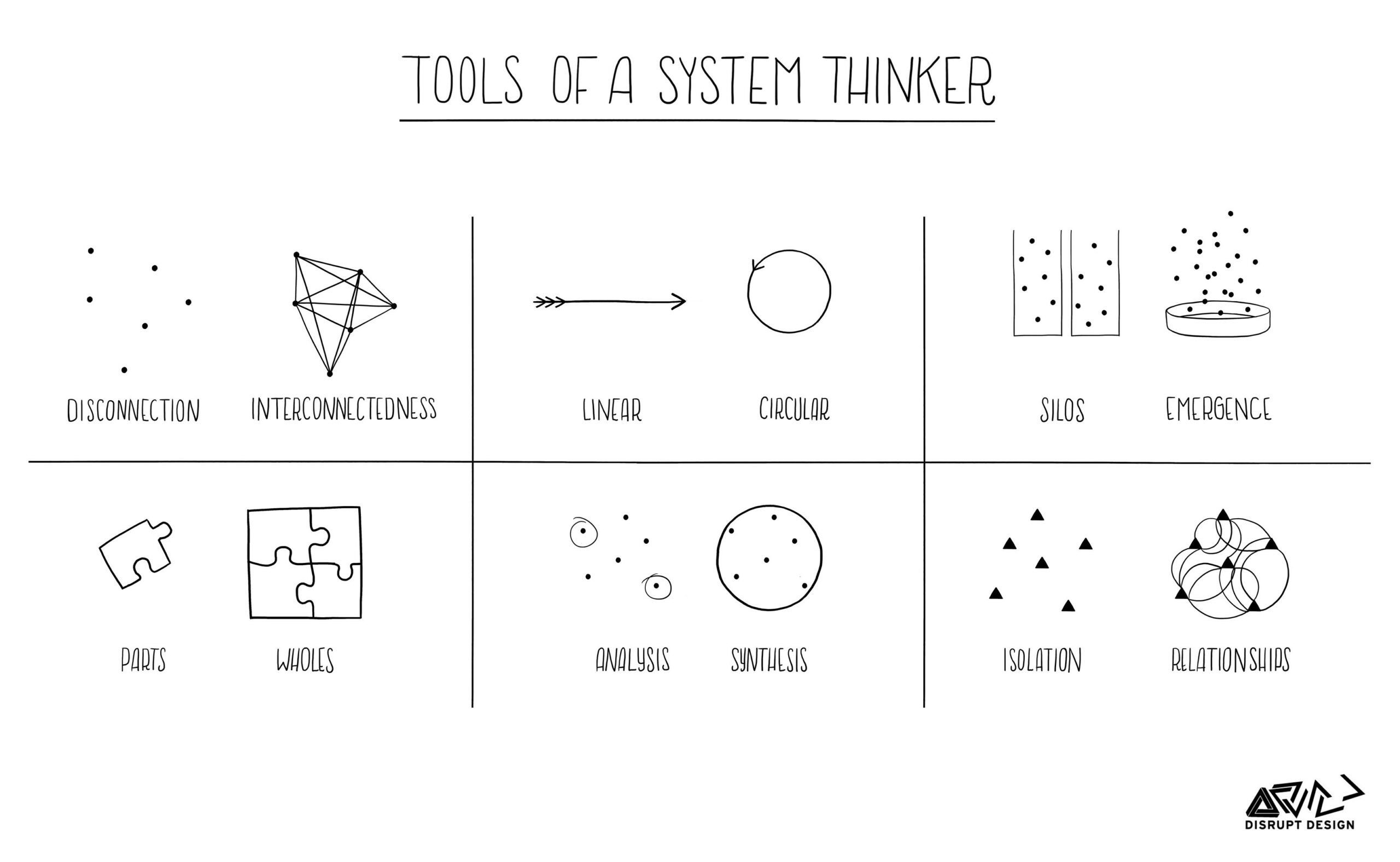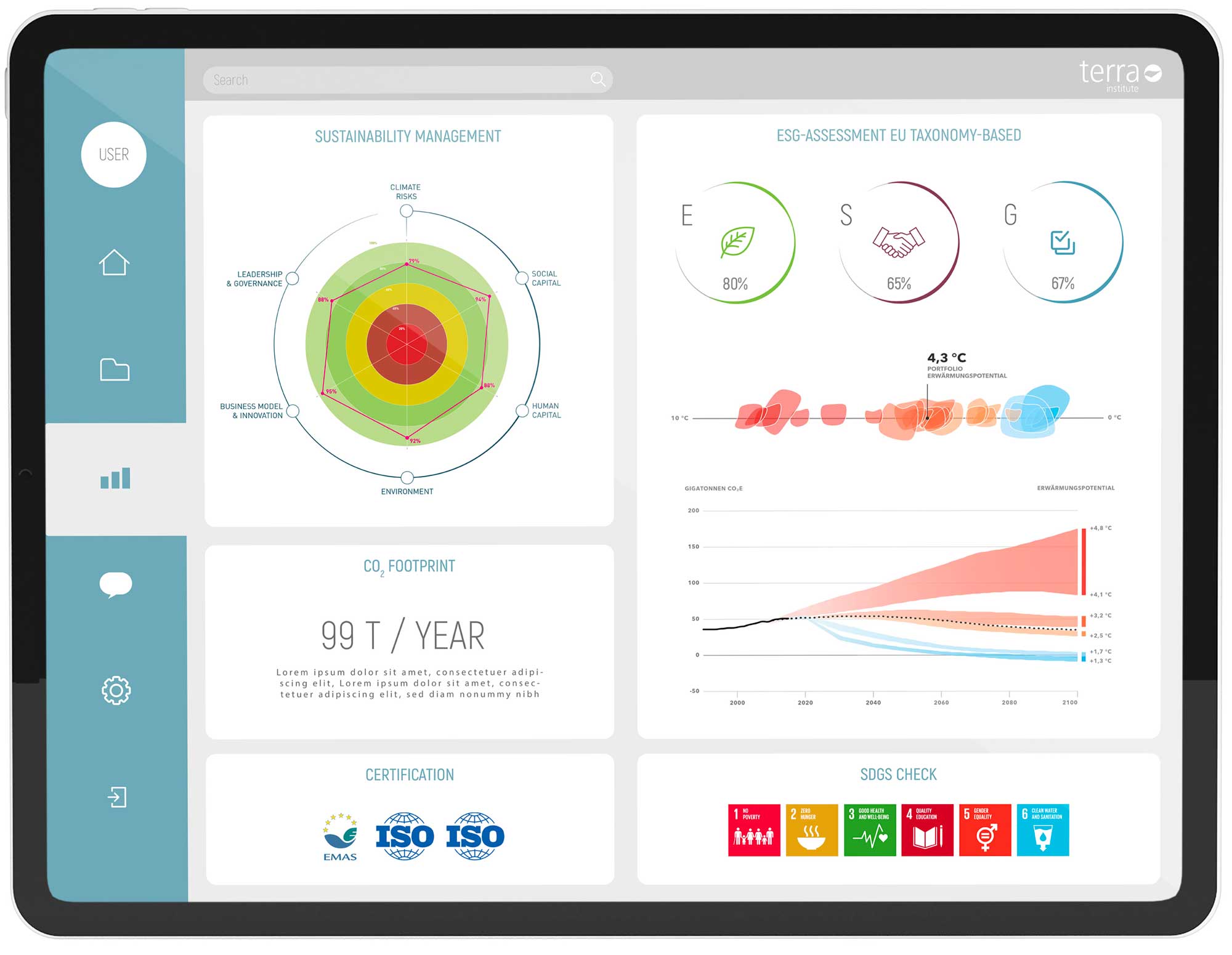A company and its activities have an impact not only on the environment but also on other people and other institutions. These individuals or groups of people who are potentially and actually affected by or can influence these activities are called stakeholders. Dialogue with the various stakeholder groups is becoming increasingly important for companies and will be standard practice for every modern company in a few years’ time. The company is redefining its ecosystem. So why is stakeholder dialogue an essential tool?
WHAT ARE STAKEHOLDERS AND WHAT DOES STAKEHOLDER DIALOGUE MEAN?
The world’s most established sustainability reporting standard, the Global Reporting Initiative (GRI), refers to an OECD definition of stakeholders. According to this definition, stakeholders are “(…) individuals or groups with an interest that is or could be affected by the activities, products or services of the reporting organisation (…)”.
Stakeholder dialogue is a sometimes one-off, often ongoing, documented and institutionalised process of interaction between an organisation and its stakeholders. In general, there are different levels at which this dialogue can take place, with different objectives:
- Inform.
The aim is to legitimise and build consensus with one or more, sometimes complex or controversial, stakeholder groups. This is usually the objective of sustainability reporting.
- Talk to each other or open a dialogue channel.
The aim is mutual enrichment, shared learning and inspiration. Tools such as panels and focus groups are often used.
- Collaboration.
In the context of sustainability, institutionalised working groups are often not only about learning together, but also about correcting each other and developing system-relevant or system-changing solutions to problems.
- Co-creation and shared commitment.
When key stakeholders are continuously involved in governance processes to systemically manage and develop the overall system, the mechanisms, the rules of the game or the company’s business model, and to influence industry standards, a comprehensive learning and change process is taking place.
Of course, a company can work with different stakeholders at different levels, for example by informing competitors and initiating a co-design approach with other partners.
A stakeholder dialogue can also ensure transparency and understanding of different or even conflicting needs within stakeholder groups, e.g. between consumers, suppliers, NGOs and associations.
THE STAKEHOLDER DIALOGUE IN SUSTAINABILITY REPORTING STARTS WITH THE SYSTEM ANALYSIS
Why is it important to define stakeholder dialogue as an essential tool? Stakeholder engagement is one of the most important principles of sustainability reporting . This is not least because stakeholder dialogue is an integral part of GRI reporting and structures the transformation towards greater sustainability from the outset. For stakeholder dialogue, it is important to know who the company’s stakeholders are, so that the ecosystem is understood and defined with the involvement of all those who have an influence on the company’s future. The first step in a company’s successful stakeholder dialogue is therefore a system analysis. The purpose of this is to identify and contextualise all aspects, stakeholders and mechanisms of a business. Based on such a system analysis, the relevant stakeholder groups usually emerge very quickly.
A stakeholder dialogue on a company’s environmental, social and economic impacts can also be part of an impact analysis. The latter involves the collection and assessment of these impacts. This provides a clear and comprehensive picture of the actual impacts that a company has on the environment, society and the economy in which it operates. The impact analysis complements these impacts by looking at how the external context affects the company, i.e. the sustainability risks and opportunities it faces. Together, the system and impact analyses provide a comprehensive picture of the issues that the company needs to consider when developing a sustainability strategy to shape a promising future.
RECOGNISING TRENDS, REFLECTING POSITIONS, PRIORITIZING TOPICS – THERE ARE MANY POSSIBILITIES
Gaining insight into trends is also a good reason for stakeholder dialogue from a strategic perspective. For example, suppose a manufacturing company sells goods abroad to different target markets. In this case, there may be local intermediaries with whom it makes sense to establish a dialogue and ask about market conditions, cultural or political developments. This helps to develop services or products in ‘foreign’ markets that take account of future trends and help customers to reduce their environmental impact.
In addition, opinions and insights can be gathered and prioritised on key strategic sustainability issues, such as: How should we position ourselves on sustainability, in general or compared to competitors? How is the company perceived as a business partner in the industry? Which issues are relevant from a stakeholder perspective?
DIFFERENCE BETWEEN INTERNAL AND EXTERNAL STAKEHOLDERS
Why does it make sense to differentiate between internal and external stakeholders? For internal stakeholders – companies, supervisory boards, shareholders, subsidiaries, employees – other issues can be asked about, such as expectations of the company or the forthcoming sustainability strategy, or how much support the sustainability strategy already has internally, and thus how authentic and credible it is being lived.
For external stakeholders such as business partners, suppliers, freight forwarders, NGOs, banks, insurance companies, retailers, consumers and communities, the external perspective can be queried and at the same time a signal can be sent. The very act of engaging in a stakeholder dialogue demonstrates the company’s seriousness about the issue.
RELEVANT ASPECTS AND CHALLENGES IN IMPLEMENTATION
At the beginning of a stakeholder dialogue, the purpose needs to be clear; then stakeholders can be identified and ‘mapped’, i.e. assigned to groups. Duration, frequency, timeframe, communication channel and format need to be defined. The range is wide: Depending on the type and involvement of stakeholders, shorter or longer intervals make sense. Whether a clickable online survey is sufficient, personal interviews are required or even a workshop – the degree of involvement is relevant: How much does the company want to involve stakeholders?
Even at the lowest level of intensity, experience shows that formats that allow for personal exchange provide a much higher density of information than a written survey. The effort involved is much greater than with automated online surveys – because of the large amount of individual information that has to be processed – but it is worth it: Online, relevant nuances or an understanding of which points are really of interest or need are often missing.
Stakeholder dialogue challenges
If asked about the biggest challenges in stakeholder dialogue, sustainability consultants would probably start with this one point: Choosing the right stakeholders is the most important thing. It is about really understanding the relevance of each stakeholder and their specific importance. This allocation will probably not be perfect in the first year of the dialogue and will therefore change over the years. As with all sustainability issues, it is important that we start the dialogue and move into action.
For the long-term success of a stakeholder dialogue, it is helpful to have the well-known ‘quick wins’ – small, easy to implement projects that quickly signal that something is happening and thus keep stakeholders motivated to participate.
Another article on stakeholder dialogue: Approaches to stakeholder identification










